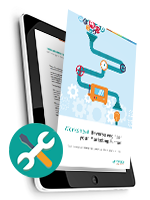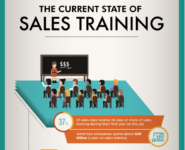Last week, I had another meeting with a Head of Sales in order to determine improvement opportunities within his sales team. Once again, the Head of Sales expressed to me the closing skills of his account managers should better.
While this might be true for some, the reality is that this is mostly the symptom of another problem.
While conducting several assessments to determine skill and proficiency levels within and across sales teams in several organisations, we noticed a recurring pattern: sales professionals induce the difficulty of closing themselves.
How? They often go for the kill too soon in the selling process.
Let me explain. We all know buyers go through their own buying journey. After being triggered by something, their interest is raised, they become aware something should change, start exploring,… to finally end up deciding what specific solution they need and whom shall be the best provider of this solution.
If, as a sales rep, you start proposing a specific solution while the buyer just became aware something in his current situation should change, or worse, if you start telling him why he should collaborate with you, you will create a lot of friction.
When you think of it, it is no rocket science. It all has to do with the mental phases we all go through in our decision process towards change. This mental journey is illustrated by buyer journeys. This is something your sales reps should be aware of so they can determine what they should and should not do, and when to do it.
So, what about your sales reps’ closing skills? It is quite simple, really. If you want them to be efficient in applying their closing skills, first ask yourself if your selling process is aligned to the buyer journey. If so, your sales reps are able to identify the buying readiness of prospects, know what to do accordingly, and when to close.



 Nicolas Dejehansart
Nicolas Dejehansart

 Pascal Persyn
Pascal Persyn